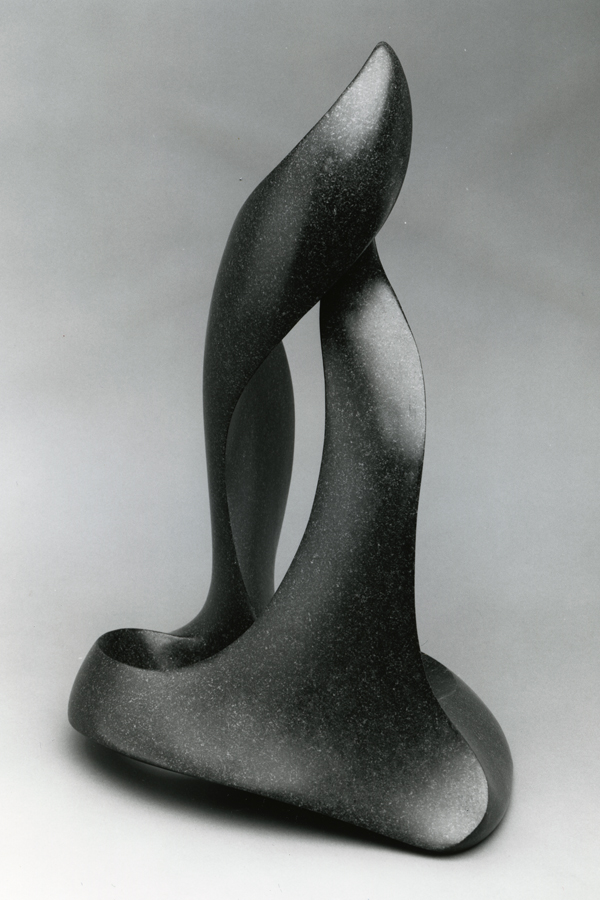Continuing our discussion of artists supported by Francis Quirk through curated exhibitions, we now look at Peppino Mangravite who was part of a two man show with Kenneth Evatt that opened on November 4, 1962.
 |
| Peppino Mangravite |
There were several areas of potential overlap with Francis Quirk. Both were active in academia. Both had exhibited at the Pennsylvania Academy of the Fine Arts. Both had contact with the Rehn Gallery in New York.
In checking up on recent sales we were a bit surprised to see his paintings sell for $5,000-$10,000. This is unusual for an artist that we thought we were literally pulling back from obscurity.
 |
| The Senate in Session by Peppino Mangravite |
Biography
Peppino Mangravite, an artist of Italian descent, created
poetic works based on personal experience and observation, and filtered through
his romantic sensibility. His paintings deal more with mood and sensuous
effects than with description.
Mangravite was born in 1896, on Lipari, an island north of
Sicily, where his father, a naval officer, was stationed. As a child he began a
traditional Italian art education in Carrara. Mangravite and his family later
immigrated to the United States.
1914, at the age of eighteen, Peppino Gino Mangravite
settled in New York City with his father. He had already completed six years of
study at the Scuole Techiniche Belle Arti in his native Italy, where coursework
included the study of anatomy and Renaissance fresco techniques. Upon arrival
in New York, he enrolled at Cooper Union, and by 1917 was studying under RobertHenri at the Art Students League.
 |
| Peppino Mangravite with students |
Mangravite began his teaching career - one that lasted half
a century - as assistant to Hans Peter Hansen at the Hansen School of Fine Arts
in New York during the academic year 1918/19. He was an involved and committed
teacher who worked equally well with young children and college students. For
several summers in the 1920s, he ran summer art camps in the Adirondacks for
children and adults. From 1926-1928 Mangravite lived in Washington D.C., where
he taught at the Potomac School. Most of his life was spent in New York where
he served on the faculties of Sarah Lawrence College, Cooper Union, the Art
Students League, and, most notably, Columbia University. In addition, he spent
1937-38 as head of the art department of Colorado Springs Fine Arts Center, and
from 1940-1942 taught at the Art Institute of Chicago. Mangravite was active in
professional arts and education organizations. He wrote several articles about
art education and served as chairman of the College Art Association's Committee
for the Study of the Practice of Art Courses, 1943-1944.
Mangravite also was a working artist; represented by
Dudensing Gallery, and later Rehn Galleries, he exhibited widely throughout the
United States, and, occasionally, abroad. He won a few awards, including a gold
medal for mural painting at the Philadelphia Sesquicentennial Exhibition, 1926;
the American Gold Medal Purchase Prize, Golden Gate Exposition, San Francisco,
1939; Alice McFadden Eyre Medal for best print, Pennsylvania Academy of the
Fine Arts, 1946; and a silver medal for mosaic design, Architectural League of
New York, 1955.
Mangravite was awarded Guggenheim Fellowships in 1932 and
1935, and during that same period was commissioned by the U.S. Treasury
Department to paint murals for post offices in Hempstead, N.Y. and Atlantic
City, N.J. Other commissions of note include a mural for the Governor's Mansion
in the Virgin Islands, and a mosaic mural for the main altar of the Workers'
Chapel, St. Anthony's Shrine, Boston, Mass.
 |
| Family Recreation by Peppino Mangravite Atlantic City NJ |
 |
| Settlement of Hempstead by Peppino Mangravite Hempstead, NY |
 |
| Arrival of British dirigible R.34 with the first air mail in 1919 by Peppino Mangravite Hempstead, NY |
 |
| Development of Jackson Heights by Peppino Mangravite Flushing, NY |
Sponsored by Columbia University and with the assistance of
the United States Information Agency, Mangravite met with art department heads
of several European universities in 1955 to discuss the University's plans for
a new arts center. He also interviewed eight artists - Georges Braque, Marc
Chagall, Giorgio De Chirico, Marino Marini, Henry Moore, Giorgio Morandi,
Georges Rouault, and Graham Southerland -recording their ideas about art, life,
and education.
With the passing of Covid, we were able to visit the Workers Chapel, St. Anthony's Shrine in Boston's Financial District. There we were able to obtain the following images of Mangravite's mosaic behind the altar,. It is quite nice.
 |
| Peppino Mangravite's Mosaic at the Workers' Chapel, St. Anthony's Shrine Boston, Massachusetts USA |
 |
| Peppino Mangravite's Mosaic at the Workers' Chapel, St. Anthony's Shrine Boston, Massachusetts USA |
 |
| Peppino Mangravite's Mosaic at the Workers' Chapel, St. Anthony's Shrine Boston, Massachusetts USA |
 |
| Peppino Mangravite's Mosaic at the Workers' Chapel, St. Anthony's Shrine Boston, Massachusetts USA |
 |
| Peppino Mangravite's Mosaic at the Workers' Chapel, St. Anthony's Shrine Boston, Massachusetts USA |






 Victor Riu Resurgent Harmony 1957 Photo courtesty of the Philadelphia Academy of Fine Art
Victor Riu Resurgent Harmony 1957 Photo courtesty of the Philadelphia Academy of Fine Art
















